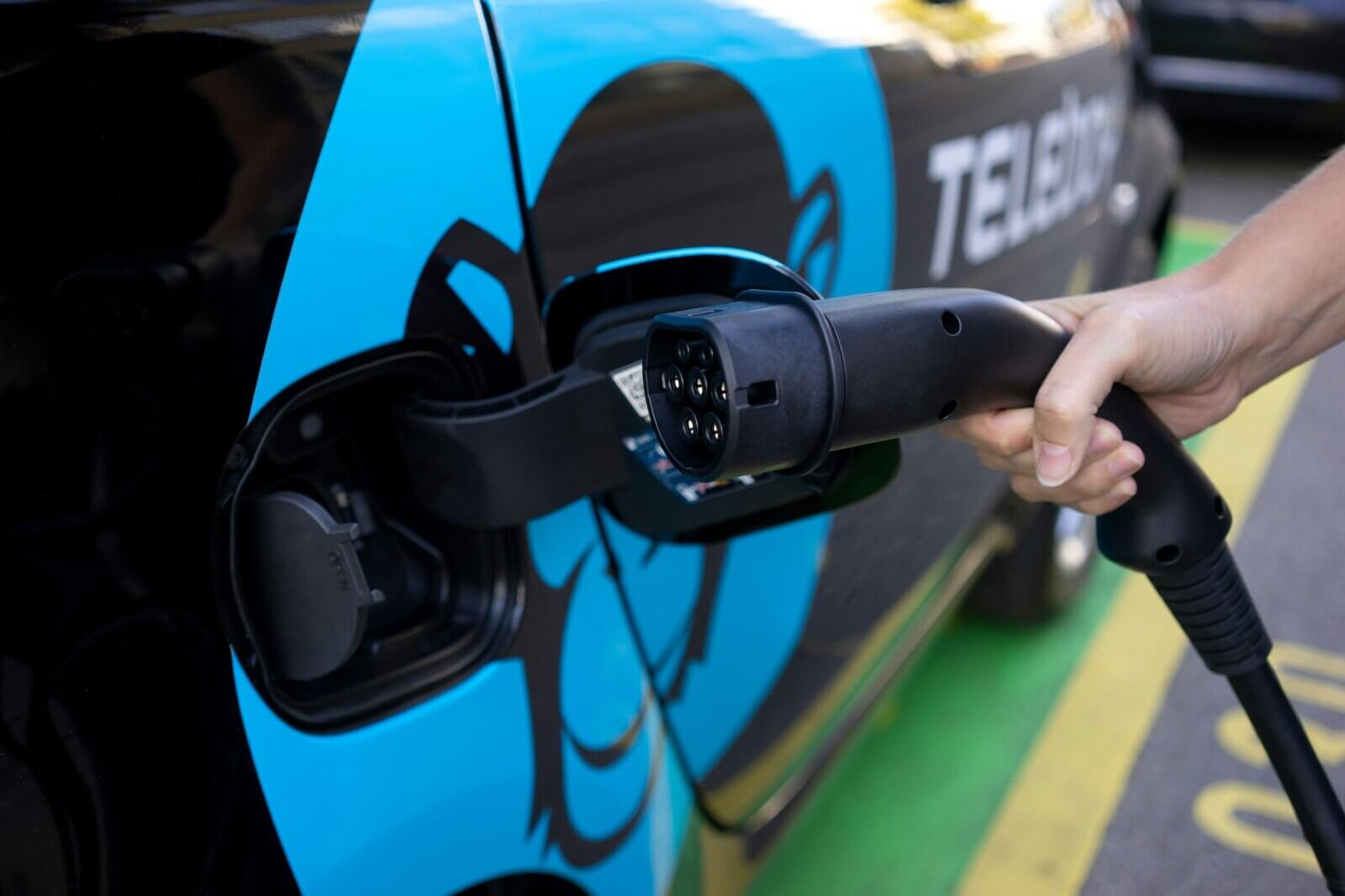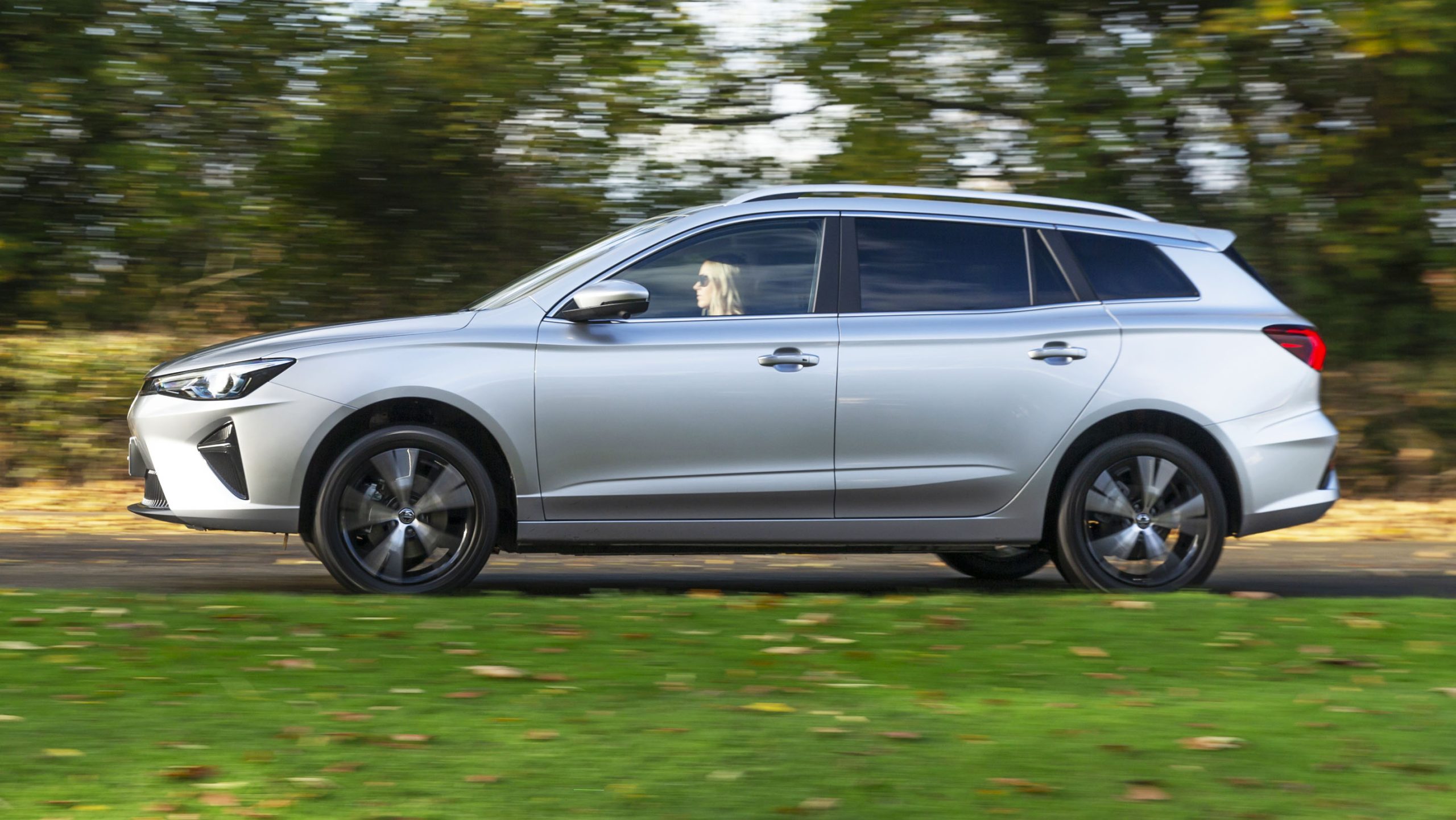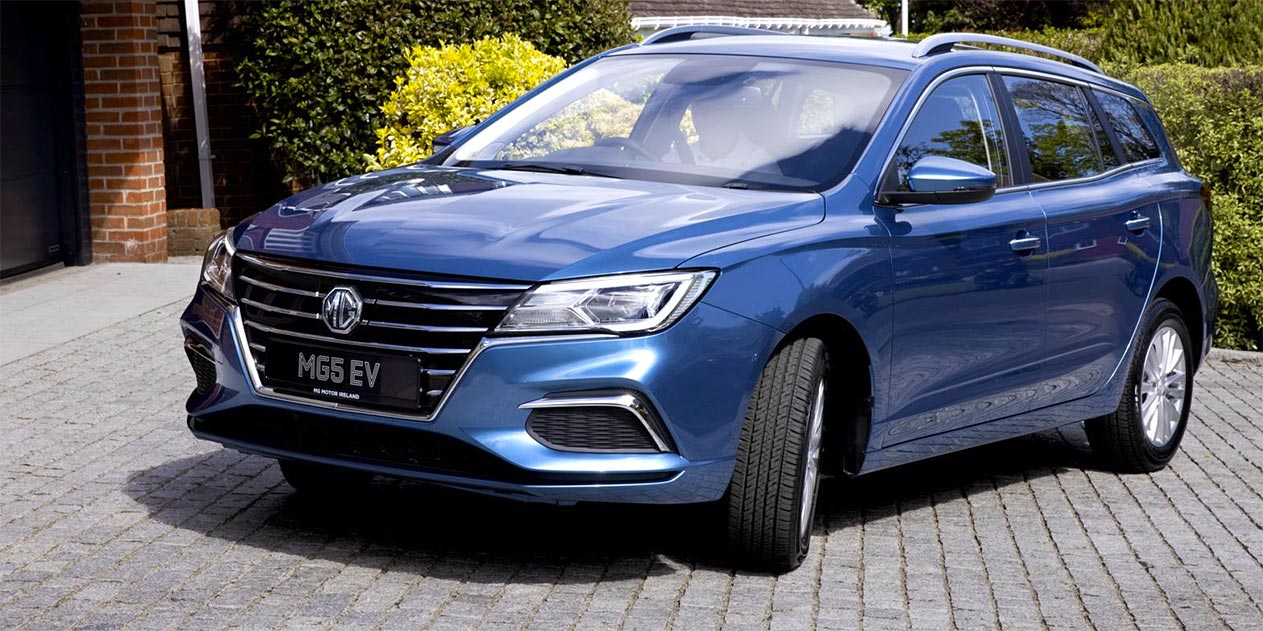
8 main myths about electric cars
Electric vehicles are slowly but inevitably diluting the Ukrainian car fleet. Charging stations are popping up everywhere, parking spaces are being painted green, and Elon Musk and his Tesla are becoming the heroes of memes. However, many people are distrustful and sceptical of this innovation. We've compiled a list of the main myths about electric cars and are going to tell you what's happening in reality. Myth one - electric cars are not harmful to the environment [...]
Content:
Electric vehicles are slowly but inevitably diluting the Ukrainian car fleet. Charging stations are popping up everywhere, parking spaces are being painted green, and Elon Musk and his Tesla are becoming the heroes of memes. However, many people are distrustful and sceptical of this innovation. We've compiled a list of the main myths about electric cars and tell you what's happening in reality.
Myth one - electric cars are no less harmful to the environment than cars with internal combustion engines
What they say
Electric vehicles themselves do not emit pollution, except for dust from brake pads and worn rubber. Another thing is the harmful compounds that are formed as a result of generating electricity for the car. While cars with internal combustion engines emit CO2 while driving, electric cars emit the same CO2 indirectly: when burning coal or other fossil fuels to generate electricity.
What it really is
To generate electricity, we do have to burn coal, which produces large amounts of CO2. However, as many countries switch to alternative energy sources, its production is gradually becoming carbon-neutral. One of the goals of the European Parliament is to reduce greenhouse gas emissions by 40% by 2030 compared to 1990. This will be achieved by switching to renewable energy sources and banning the production of petrol and diesel engines.
Changes in infrastructure for alternative fuels in the EU - by 2020 and 2025
Myth two - car batteries have a short service life
What they say
Buyers of smartphones or tablets are very concerned about how quickly the battery degrades. The situation is the same with electric cars: their batteries have to be replaced after 50,000 km.
What it really is
According to research, the battery of the Nissan Leaf electric car after 200 thousand km of driving (about 8 years) has lost only 25% of capacity. And Tesla's battery after 100 thousand km (about 5 years) has lost only 15% of capacity. In addition, modern electric car models (e.g., Chevrolet Volt) have a battery cooling and heating system that reduces degradation.
Owners of electric cars note that the first 10-20 thousand km of degradation is practically absent, after 50 thousand km the capacity drops significantly: by 20-30%, and after 70-80 thousand km, wear and tear practically stops and the electric car can travel ⅔ of the declared volume. Considering that the average annual mileage is no more than 15 thousand km, the battery will last for the same 5-6 years. After that, the worn-out battery needs to be replaced in its entirety or only individual cells need to be replaced.
Myth three: the battery dies faster in winter
What they say
If you take your smartphone out of your pocket in the cold, it will quickly discharge. The same thing happens when the temperature drops below freezing with lithium-ion batteries in electric vehicles. It's not for nothing that manufacturers indicate that the optimum temperature for operation is between +10°C and +20°C, but in Ukraine, it's usually much colder in winter.
What it really is
If things are so bad, how did Norway (and it is very cold there) manage to become the country with the largest share of EVs in the world? In fact, the battery charge decreases in the cold not because of the low temperature, but because the amount of energy consumed by the cabin heater and the maintenance of the required temperature of the battery itself increases.
To reduce energy losses, electric car owners modify their cars:
- install a heating system or a small fuel tank and mount a button that will start the built-in heating;
- install gas ceramic heaters powered by cylinders;
- cover the battery with silicone heaters or mats with a heating element.
Myth four - electric cars are too expensive
What they say
The cost of production electric vehicles starts from 35,000 $ to 200,000 $. This is expensive compared to the prices of cars with internal combustion engines.
What it really is
The US market has basic models released 2-3 years ago at a price of 6500-13000 $. You can organise the import of such a car yourself or through an intermediary.
In Europe, people are encouraged to buy electric cars as much as possible. For this purpose, the infrastructure is being improved, benefits are being introduced, taxes are being reduced, and compensation is being paid. In Ukraine, there are no such incentives yet, but even so, previous years' models can be purchased at low prices. For example, after the law on the abolition of VAT and excise duties on the import of electric vehicles in Ukraine came into force in 2018, additional costs became minimal: now it is only the cost of transportation from the US to Ukraine, the auction fee and the showroom commission. Thanks to the new changes in the Tax Code, importers are saving more than 20% in costs.
Myth number five - an electric car takes a long time to charge
What they say
The time to fill a full tank of Nissan Juke is 5 minutes. And the Nissan Leaf battery charge time is from 3.5 to 8 hours.
What it really is
Thanks to a developed network of charging stations, it takes 30 minutes to charge 80-100 km, which covers the daily mileage requirement for most electric vehicles. In addition, many consumers charge their electric cars at night, which is enough for a day's mileage.
There are high-speed charging stations, but they are relevant on highways and for commercial use (for example, for taxis). Powerful 350 kW chargers have already appeared in Europe, which charge the 80% battery in 30-40 minutes, but so far they are only available for premium cars.
Myth six - electric cars explode
What they say
Tesla Model S electric cars have repeatedly caught fire either because of an accident (crashed into a fence), then just in the process of calmly traffic on the street.
What it really is
Such cases have indeed occurred. The batteries caught fire due to an accident, mechanical damage from objects falling under the wheels of the car, or a short circuit during charging. After that, the battery compartment was improved with new software that controls the battery and plates made of aluminium and titanium. Similarly, the petrol tank of a conventional car is protected from damage and fire. But according to statistics, the safety of an electric vehicle is many times higher than that of an internal combustion engine.
In the future, the risk of fire will be minimised as solid-state lithium batteries will be developed that do not contain liquid and can withstand higher temperatures.
Myth seven - there is no safe disposal of batteries
What they say
There is still no environmentally friendly method of recycling lithium-ion batteries, so used batteries pollute the environment many times more than conventional batteries, which are already able to be recycled.
What it really is
There is a company in Germany Duesenfeldwhere they invented a method of safe and cheap recycling of lithium-ion batteries. It requires minimal energy consumption and emits almost no CO2 and toxic fluorine compounds into the atmosphere. Another advantage of the method is that the material is restored to a level where it can be used again.
In Finland, the energy concern Fortum has opened a new division for recycling batteries for electric cars. Their technology recovers more than 80% of materials for reuse.
Myth eight - there are few charging stations in Ukraine
What they say
While petrol stations are located at every turn, charging stations for electric cars are rare. The driver needs to keep a map handy and charge the battery to the maximum, because it is not known when the next charging station will be found.
What it really is
According to research by the marketing company IRS Group, as of November 2019, there were 2719 charging stations in Ukraine, and about 18,000 registered electric vehicles. Each charging station has several ports, so it can serve 2-3 cars at a time. The number of stations will grow every year.
If you look at numerous maps, there are charging stations in all major cities (and not only) and on highways with high traffic.
What we have as a result
- Electric cars pollute the atmosphere many times less than cars with internal combustion engines (and soon they will not pollute at all).
- The battery of an electric car will have to be replaced in about 5-8 years (every year they only become cheaper).
- In winter, the battery lasts for a shorter period of time, so it is better to warm it up in advance.
- Electric cars are more profitable to buy than conventional cars because they do not have VAT and excise duties, and electricity is much cheaper than petrol.
- Thanks to powerful charging stations, electric cars can be charged in 20 to 40 minutes, and the number of such stations in Ukraine is constantly growing.
- The safety of electric cars is no less than that of conventional cars, but there is more attention to their problems.
- In Europe, there are companies that recycle lithium-ion batteries of electric vehicles in an environmentally friendly way.






